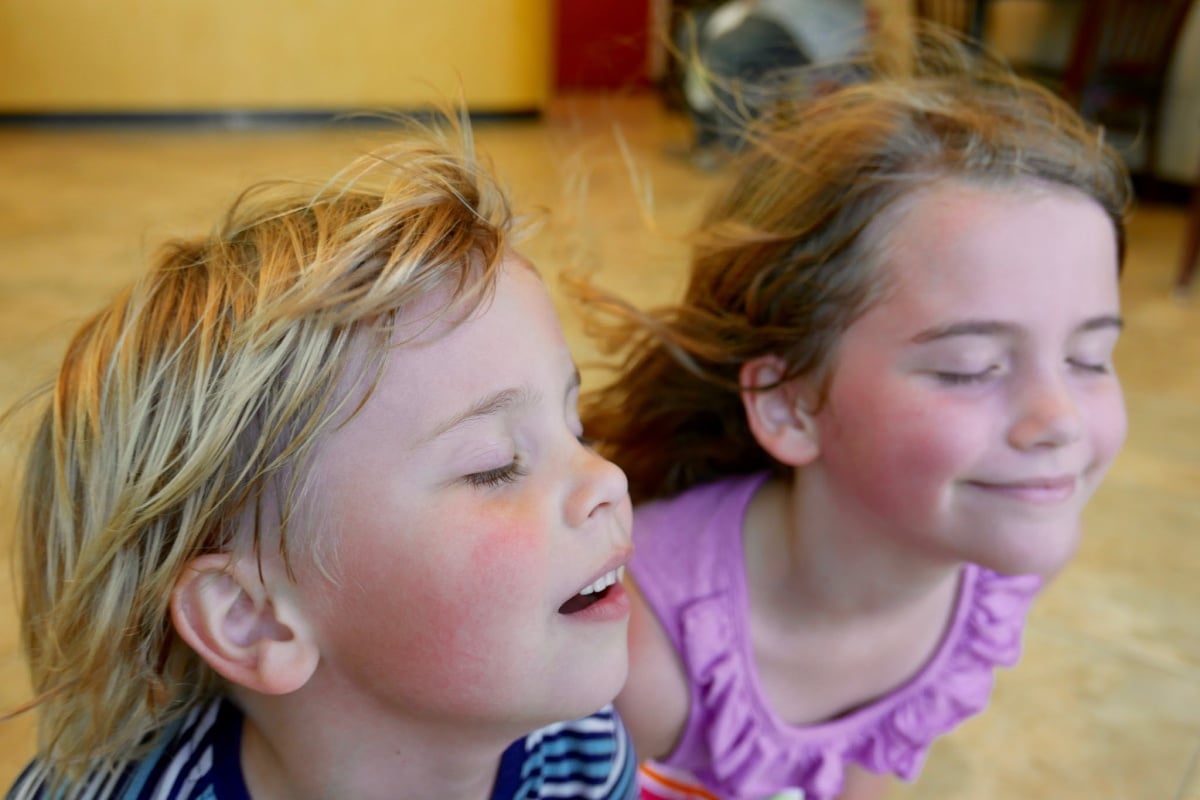
Okay, so we complain about the heat every summer. Nothing new. But the heatwave like the one that some parts of Australia are expecting this week? That’s not normal.
“It will be four days, in places like Penrith [in western Sydney] and even the Hunter Valley, where you have temperatures above 40 degrees,” says Dr Sebastian Pfautsch, senior research fellow in urban ecosystem science at Western Sydney University.
“To have that sweltering heat for such a long time, that’s unusual.”
And the families living in new homes on small lots in our cities’ outer suburbs are really feeling it.
Dr Pfautsch has been measuring the heat in new developments in western Sydney, where there are few trees and lots of black bitumen, and has found that temperatures can be eight or more degrees higher than in surrounding bushland.
He says black roofs on houses – which are compulsory in some new developments – are “heat islands”. So are wide streets and the massive car parks surrounding shopping malls. Not only do they heat up quickly, they take a longer time to cool down than grass would.
“Black asphalt and concrete just release heat much more slowly throughout the night,” Dr Pfautsch explains.
It’s the kids living in these new developments that I feel sorry for. What do you do during the summer holidays when your yard is too tiny for trees to provide a bit of cooling shade? When you open your back door and you’re faced with a small paved area and a wave of 40-degree-plus heat? Of course you’re not going to want to go out there.
Maybe, if you’re lucky, your parents will drive you to an indoor play centre. You’re not likely to want to go to an outdoor playground – during the day, anyway.
Dr Pfautsch has tested some of the most common playground surfaces, such as rubber materials and Astroturf, and has found that they can reach temperatures of more than 90 degrees, even on a normal summer’s day of 34 degrees.




























































































